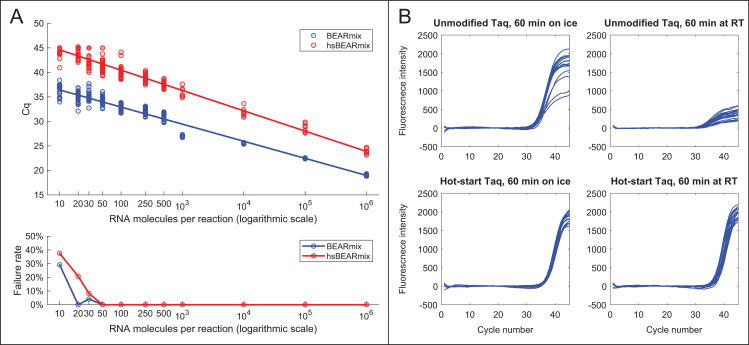Fig 4. “BEARmix”: An open-source, one-step RT-qPCR master mix.
(A) Top panel: Standard curves of BEARmix with unmodified Taq polymerase (blue) and formaldehyde-crosslinked hot-start Taq polymerase (red). Linear fit for non-hot-start BEARmix: Cq = 39.9–3.489x (amplification factor 1.93), where x is the logarithm with base 10 of the number of RNAs per reaction. Linear fit for hot-start BEARmix: Cq = 48.8–4.15x (amplification factor = 1.74). Bottom panel: Fraction of reactions that did not show amplification (failure rate) for each RNA concentration. N = 24 reactions for 10 to 500 copies of RNA, N = 8 reactions for 1000 to 106 copies. (B) Homemade hot-start Taq polymerase permits reaction setup at room temperature. BEARmix reactions were set up using unmodified and hot-start (crosslinked) Taq polymerase with 20 molecules of N gene RNA per reaction. Reactions were performed in a qPCR thermocycler after incubation for 60 min either on ice or at room temperature. In contrast to regular Taq polymerase, amplification by hot-start Taq polymerase is not inhibited by incubating reactions for 60 min at room temperature prior to running the RT-qPCR cycle.

